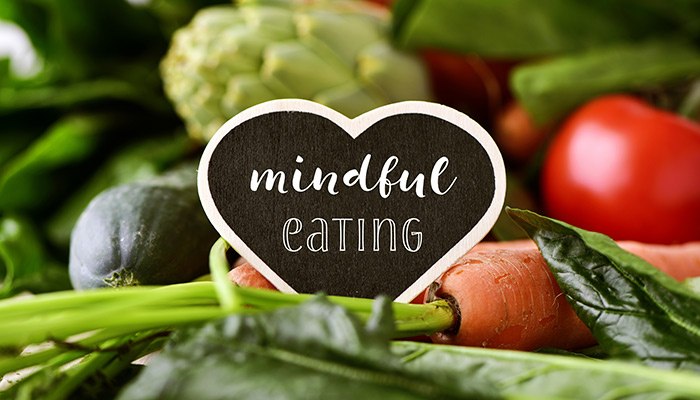Surviving or Thriving the Holidays?

“Surviving Holidays and Social Outings” is always a large concern for patients working to place symptoms of Autism and chronic conditions into remission. But is that all we want to do? Merely survive? With a little planning and some modified expectations, the holidays, and social outings can be enjoyable for every member of the family, including those with the diagnosis.
It’s important to discuss what is important to each family member, and make a plan. A plan will help replace traditional ingredients that later will cause symptoms to flare. A plan will help extended family members understand how much this mean to you, which will reduce their feelings of being hurt or offended.
The internet is flooded with recipes that provide satisfying substitutions for most traditional foods. Google Search words such as: Paleo Auto Immune Thanksgiving, Paleo Thanksgiving, SCD Thanksgiving, provide ample ideas. Starting the planning process now will not only provide food you can eat, but also reduce “holiday stress.”
Here are some suggestions to have the best Holiday Season yet:
Prepare in advance.
Talk with your extended family or friends and identify what is being served for the holiday. Feel confident to ask permission to bring your own version or something different to share with family and friends. When you are kind and Matter of Fact about living this lifestyle, more people will be intrigued than insulted. Chances are they or someone they know are struggling with digestion issues and poor health.
Desserts
Sugar is a large villain, which compromises your efforts. Bring some dark chocolate to satiate your sweet tooth and help you feel satisfied in order to by-pass the dessert table. Another great way to reduce the carbohydrates is with crust-less pies or with pumpkin mouse. There are many dairy free versions of mousse, which use ingredients such as: avocado, cacao powder, maple syrup or honey, and coconut milk.
Helpful Supplements
In the event you do eat food which creates a flare, talk with Dr. Morris ahead of time about which supplements are best for you to help break down and digest the high allergen proteins more quickly such as Gluten/Dairy Digest Enzyme, L-Glutamine, or Inositol powder.
Magnesium
Talk with Dr. Morris about taking extra magnesium to make up for any that alcohol indulgence will deplete further from your body.
Abundance vs. Scarcity
A large piece to healing is to train the mind to look for abundance rather than scarcity. To look at what we can do rather than staring all the seemingly insurmountable obstacles. To look at what our condition is teaching us rather than what it is taking away. To look at all the foods we can eat rather than perseverating on the foods which will cause us to react/regress. Read more about Mindful Eating, and our Mind Concept Piece to include in your Care Plan.
Cook ahead of time
Try the recipes, found on the internet or in a cookbook, ahead of time. Print out the recipes and take notes. Make your own binder of recipes to use for future holidays. A little bit of planning goes a long way to feeling pleased with your food options. Againstallgrain.com has a fantastic library of recipes.
Flour Alternatives
With so many patients becoming sensitive to Coconut and Almond there is the option of Cassava Flour. Cassava is gluten, grain and nut-free, as well as vegan, vegetarian and Paleo. Since cassava is a high in starch it could mean an insulin spike for you! This means use in moderation particularly if you’re following a low carbohydrate, low-sugar or Paleo-based diet. To reduce the amount of grains, a perfect place to skip the carbohydrates is the stuffing. Try a ground pork, mushrooms, green peppers, apples or pears or another version that does not require GF bread.
Translation: don’t eat cassava flour recipes at every meal! As always, moderation is key.
A Well-Stocked Baking Cabinet
Having a well-stocked baking cabinet helps to organize the ingredients, in one cabinet, to minimize the amount of time to bake your deserts/rolls for the holidays.
Fat
Use Ghee or Duck Fat or Avocado Oil to rub on the bird rather than butter. Melt Coconut Oil and Ghee together. Place in glass container and use on your GF rolls rather than butter. Use Ghee or Duck Fat for your gravy.
Kids
If your kids are the ones recovering from a chronic condition/developmental delay, it’s best if all family members adhere to the nutritional recommendations of his/her care plan. Parents are the role models and lead the family toward healing through their actions more than by their words. If you need to eat high allergen foods, then do so once the kids are in bed and there is no way for them to see you ‘sneaking’.
Restaurants/Catering
Eating out this holiday season? Feel confident to phone ahead and review the menu with the staff. Restaurants are becoming more accommodating to whole food nutrition and substituting out high allergen ingredients such as gluten and dairy. Taking a few minutes to explore what you can eat off the menu will eliminate the awkward feeling of asking a million questions at the celebration.
Ultimately, the holidays are for celebrating our relationships with the loved ones in our lives. Being together, communicating and sharing our experiences in life, even the burdens such as having to watch what we eat, allows those people we don’t see often to know us better.
We should never have to be ashamed that we are doing the best we can to take care of ourselves. Being matter of fact and kind enough to offer to bring safe food allows us to partake in the fun without the worries of exposure and subsequent reactions.
Wishing you a Happy Holiday Season from the Staff at Good Medicine!!
Kara Ware is Good Medicine’s Clinical Coordinator and Functional Medicine Health Coach. She also provides online courses and coaching for families living with Autism.


